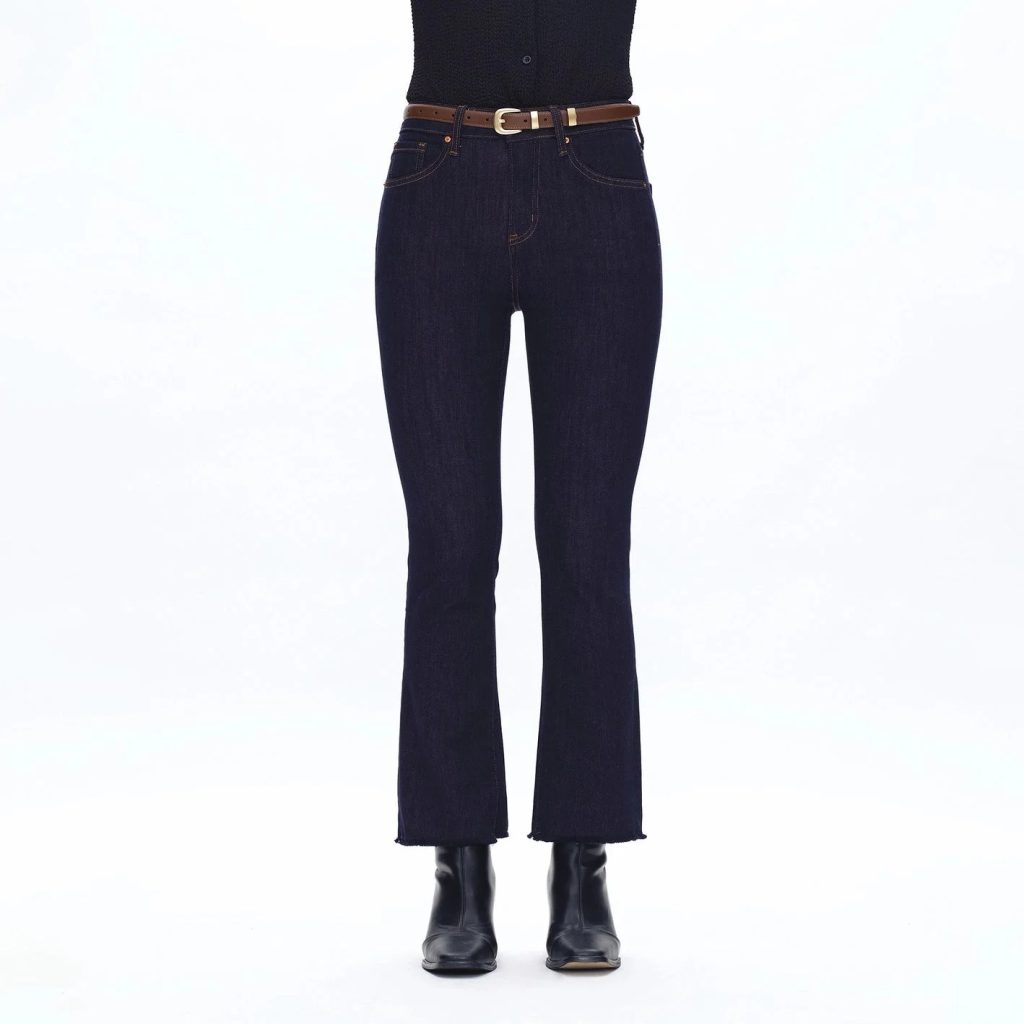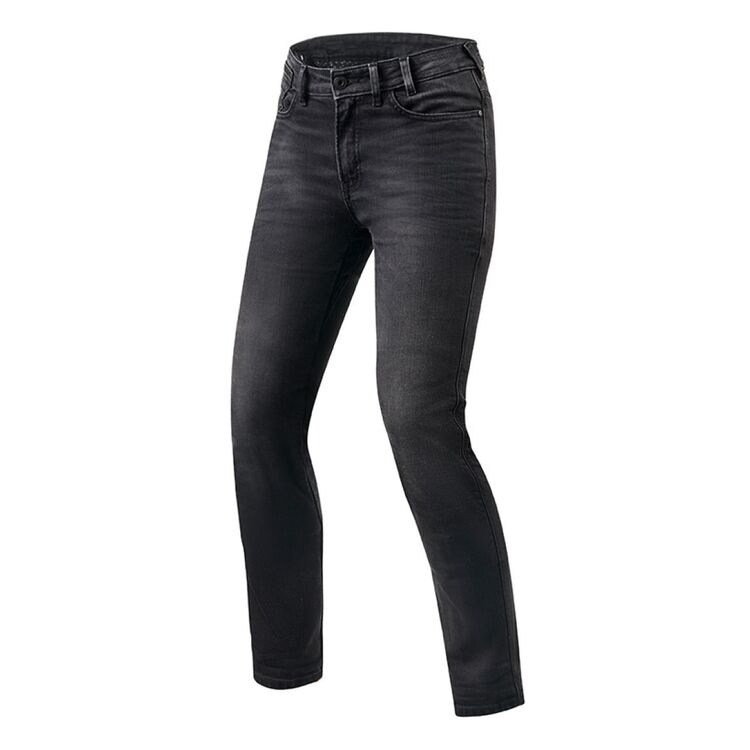Understanding Jean Sizing Systems
What size is 35 in jeans? When shopping for jeans, it’s crucial to understand the various sizing systems used. These systems differ across brands and regions, making it challenging to find a perfect fit. But don’t worry; we’re here to decode the mystery. Jeans sizes typically include two measurements: the waist and the length. For women, the sizes may also relate to dress sizes or high-level descriptors like ‘petite’ or ‘curvy’.
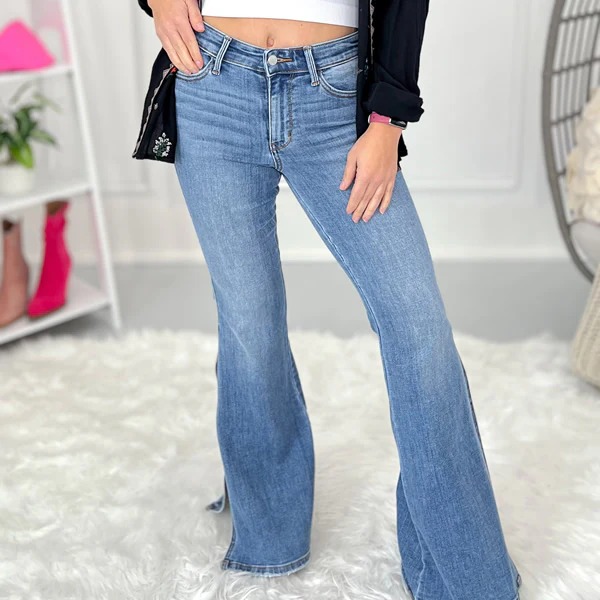
Waist Measurement:
This is the first number you’ll see. It represents the circumference of the waistband and is usually listed in inches. A size 35 in jeans, for example, would have a waistband that measures 35 inches around.
Length Measurement:
The second number in men’s sizes, and sometimes in women’s, reflects the inseam length – the distance from the crotch to the bottom of the leg.
The Difference Between Waist Size and Jean Size
It might seem straightforward that a ‘size 35’ in jeans correlates to a 35-inch waist, but this is not always the case. The difference between waist size and jean size can be quite significant for several reasons. Firstly, sizing standards vary between brands. What one brand markets as a ’35’ could fit like a ’34’ or a ’36’ from another due to their sizing guidelines.
The cut and style of the jeans also play a role. Skinny jeans or those with a tapered fit may require a larger size than a straight-cut pair due to the snugger fit around the hips and thighs. Stretch in the fabric is another element that influences sizing; a size 35 pair of jeans with added stretch can accommodate larger measurements than one without any give.
Moreover, vanity sizing is a common retail practice where clothing items are labeled with smaller sizes to encourage sales. This means you might be a ‘size 35’ in one store, but in reality, the jeans are larger than the label suggests.
How to Measure Yourself for the Correct Jean Size
Finding the right jean size starts with accurate measurements. Here’s a simple guide to get your measurements right:
- Step 1: Measurement Tools – You will need a fabric tape measure. Make sure it’s soft and flexible.
- Step 2: Measure Your Waist – Wrap the tape measure around the smallest part of your waist. Keep it snug but not tight. Note the number where the tape meets.
- Step 3: Measure Your Hips – Stand with your feet together and measure around the fullest part of your hips. Again, the tape measure should be snug.
- Step 4: Measure Your Inseam – For this, you might need help. Measure from your crotch to the bottom of your ankle or as per your preferred length.
- Step 5: Compare with Brand Charts – Once you have your measurements, consult sizing charts from the brands you’re interested in. Note that each brand’s sizing may differ.
- Step 6: Consider Jean Cut – Think about the style of jeans you want. Skinny, straight, or bootcut? This can affect your size choice.
With your measurements in hand and an understanding of brand sizing, you’ll increase your chances of finding a great-fitting pair of jeans. Remember, the keyword ‘what size is 35 in jeans’ is just a starting point. Personal measurements are the key to a tailored fit.
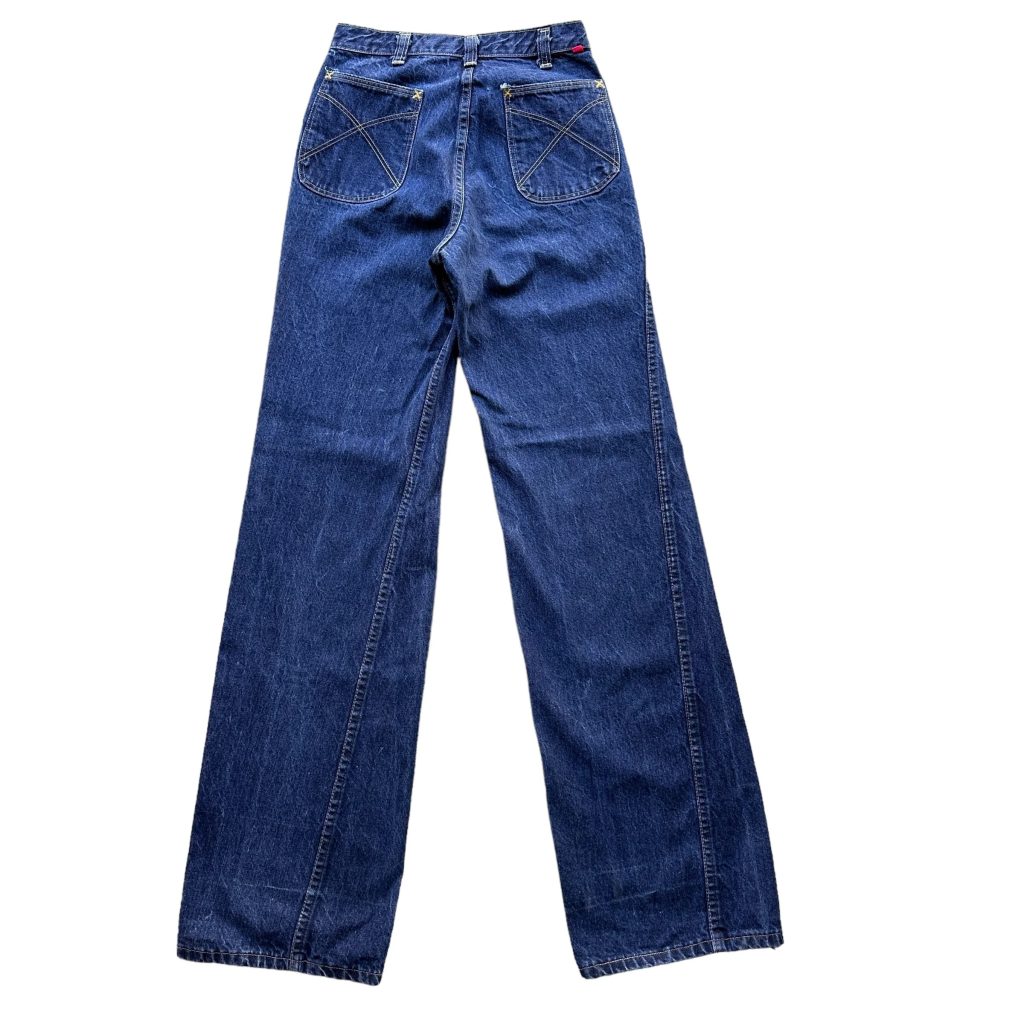
Women’s Jean Sizes Explained
When exploring women’s jean sizes, it’s imperative to recognize that they can be quite complex. Unlike men’s sizing which often goes by waist and inseam measurements, women’s jeans are typically sized with a single number. This number may correspond to a size chart that links to traditional dress sizes. For instance, a ‘size 35’ might not be a direct indicator of the waist size in inches.
To add to the confusion, women’s jeans also account for shape and fit. Some brands classify their jeans as ‘petite’, ‘tall’, ‘curvy’, and so on, to better suit different body types. This means a size 35 in one fit might not measure the same in another. It’s important to know your body shape to find the most flattering and comfortable fit.
Men’s Jean Sizes Explained
When investigating men’s jean sizes, understanding their sizing method is key. Men’s jeans typically feature two key numbers: waist and inseam. The ‘size 35’ refers to a waist measurement of 35 inches. Unlike women’s jeans, men’s sizes are more consistent in terms of waist measurement equating to the actual inches around.
Inseam length, the second number in men’s sizing, is critical. It measures the distance from crotch to ankle. This dictates how long the jeans will be. Men have varying leg lengths, so a correct inseam ensures proper fit.
Men should also consider the jean cut. Like women’s jeans, different styles, such as slim, relaxed, or bootcut, can change how a size 35 fits. A slim-fit may hug the body more, while a relaxed-fit offers more room, possibly leading to different size choices.
International Size Conversion for Jeans
Navigating international size conversion is essential for purchasing jeans across borders. Different countries have unique sizing guides that can make finding the right fit a bit of a puzzle, especially when you’re dealing with a ‘size 35’. Here’s how to manage those conversions effectively:
- US to EU Conversion: In Europe, sizes are often marked differently. A US ‘size 35’ might convert to a 50 or 52 in European sizes. It’s essential to check the specific brand’s conversion chart for accuracy.
- UK Sizing: The United Kingdom also uses its own system. Here, ‘size 35’ could be close to a UK size 16. Check the conversion chart before you buy.
- Asian Sizing: Asian sizes can run much smaller. A ‘size 35’ in the US might be labeled as a larger size, often above 90cm in places like Japan or Korea.
- Australia and New Zealand: These countries generally follow UK sizing, but it’s always wise to confirm with the brand’s size guide.
- Keep Measurements Handy: Always have your waist and inseam measurements at the ready when comparing international sizes.
- Consult Online Tools: Use online conversion tools if you’re unsure. They can provide quick and easy conversions.
When buying jeans from a foreign brand, or when shopping while traveling, be mindful of the international sizing differences. Always look up the brand’s specific sizing chart and, when in doubt, reach out to their customer service for guidance.
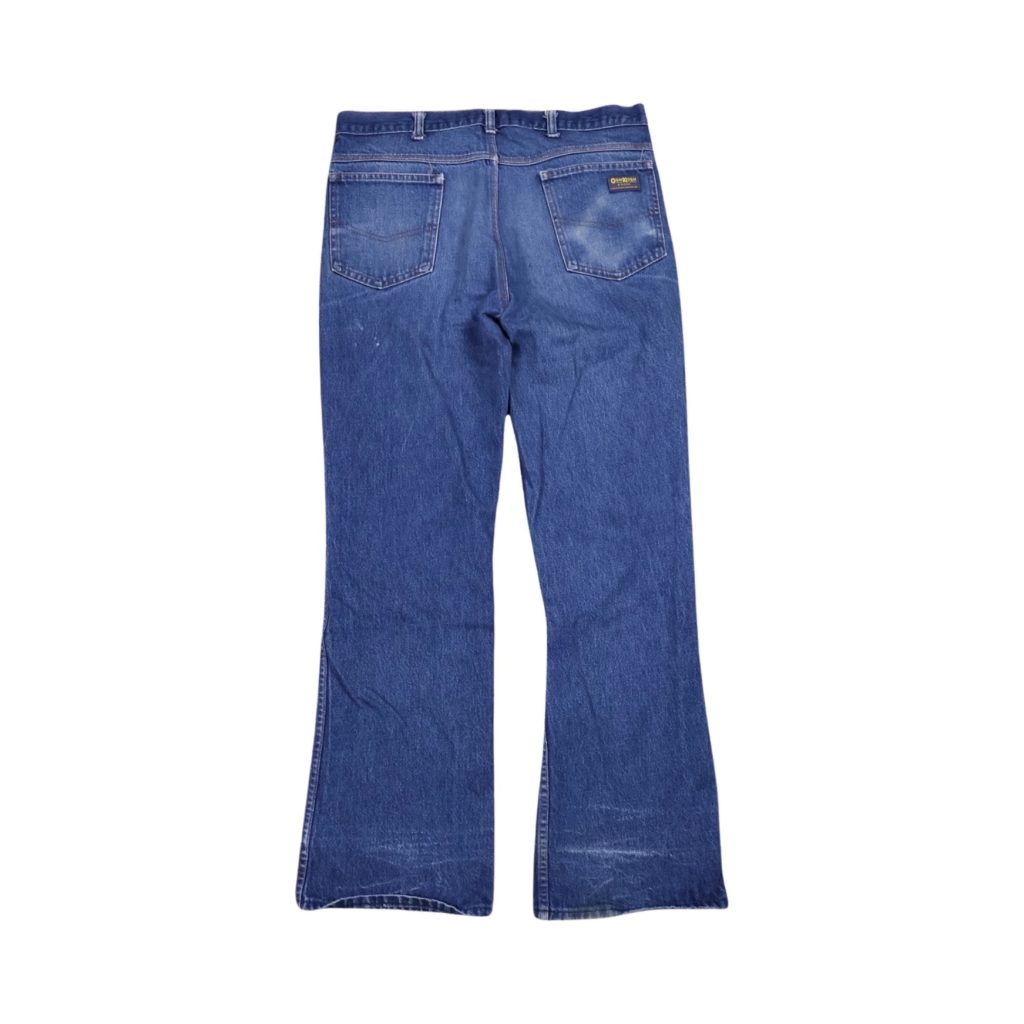
Common Brands and Their Sizing Charts
Navigating the sizing charts of common brands can help you determine ‘what size is 35 in jeans’. Each brand has its own unique chart, so examining these closely is essential.
- Levi’s: For awaist in Levi’s jeans, you may look at a 35 or 36, depending on the fit.
- Gap: Gap’s sizing might list as an extra-large or XXL, showing the variation between brands.
- Lee: With Lee jeans, often aligns closely with the actual waist measurement but check for fit styles.
- Wrangler: Wrangler jeans tend to use true-to-size charts, is likely to match your waist measurement.
- American Eagle: This brand offers with the possibility of different lengths for a tailored fit.
Always compare your measurements with the brand sizing chart for accuracy. Remember that style and cut affect sizing too, so consider these when looking at charts. For the best results, measure your waist and inseam before shopping, and use these measurements to find your size in each brand’s chart.
Tips for Buying Jeans Online When You’re Size 35
Buying jeans online can often feel like a gamble, but with the right strategy, it can be hassle-free. If you’re a size 35, use these tips to ensure a great fit:
- Check the Sizing Chart: Every brand has a unique sizing chart. Before adding to cart, compare your measurements to the chart to find the best fit.
- Know the Return Policy: Understand the return and exchange policies. This knowledge can save you from being stuck with jeans that don’t fit.
- Look for Reviews: Read customer reviews for insight on sizing and fit. Reviews may reveal whether jeans run small, large, or true to size.
- Consider the Fabric: Be mindful of stretchy materials. With stretch denim, you might need a smaller size.
- Use Filters: Use size filters on websites to easily find what’s available in your size.
Following these simple tips will improve your online jean shopping experience, helping you find the perfect size 35 with confidence.
